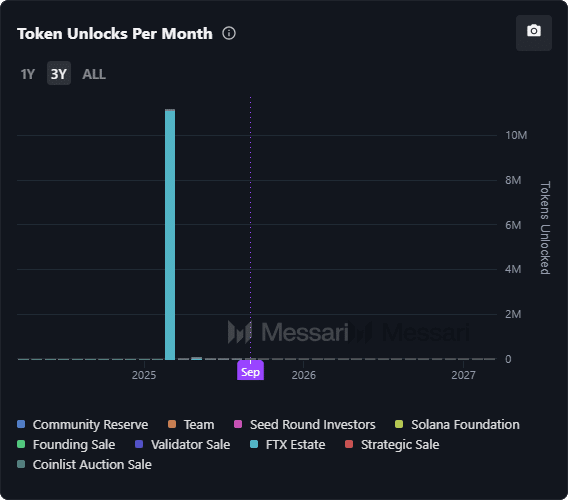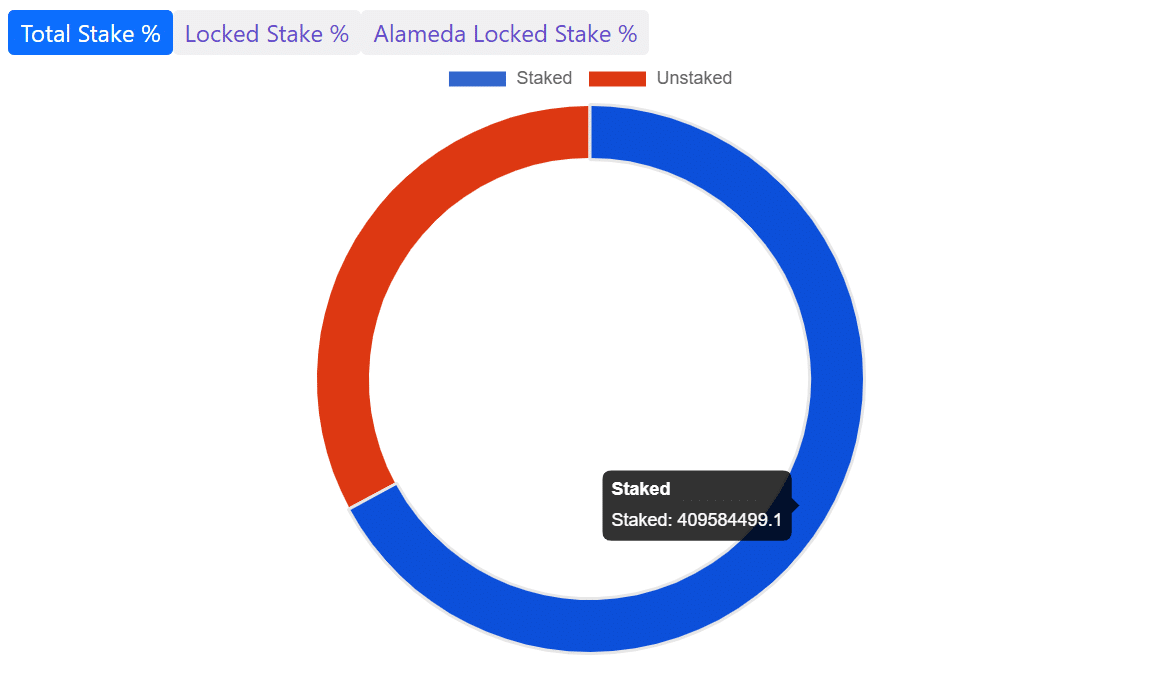Solana’s market cap climbed to an all-time high of $137 billion despite SOL trading below its peak because recent large token unlocks have already been absorbed, circulating supply expanded to ~543M SOL, and staking and on-chain adoption tightened liquid supply—supporting a higher valuation even as price lags.
-
Major token unlocks absorbed: key overhangs cleared
-
Staking and on‑chain adoption reduced liquid sell pressure.
-
543M circulating SOL vs. 11% still locked; market cap hit $137B.
Meta description: Solana market cap hits $137B as circulating supply expands; read why SOL valuation diverges from price and what unlocks, staking, and inflation mean. Learn more.
What is driving Solana’s market cap to an ATH despite price lagging?
Solana market cap rose to $137 billion primarily because circulating supply increased after large unlocks were absorbed, while heavy staking and rising on‑chain activity tightened tradable supply. The result: a higher reported market cap even though SOL remains ~15% below its price ATH.
How large were the token unlocks and what effect did they have?
Major unlocks this year included an FTX-related 11.16 million SOL release that removed a material overhang. Roughly 89% of the total supply (about 543 million SOL) is now liquid, meaning most supply-side risk has been absorbed and monthly remaining unlocks average just ~12.7k SOL.

Source: Messari
Why doesn’t a higher market cap mean SOL is overvalued?
Market cap is the product of price and circulating supply. When supply expands via unlocks but net sell pressure is absorbed and staking grows, the on‑chain economics can justify a rising valuation. Solana’s orderbook remains bid‑heavy and Q3 delivered a 55% ROI, supporting the market cap increase.
How do staking and inflation influence SOL’s supply dynamics?
Staking recently reached a record ~410 million SOL, indicating ~67% of supply is staked. Annual inflation is around 4.279% and is designed to taper, so long-term issuance is modest. High staking reduces liquid float, intensifying any demand-driven price moves.

Source: SolanaCompass
How should investors assess SOL’s structural upside?
Assessing SOL requires evaluating circulating supply trends, staking rates, inflation schedule, and on‑chain usage metrics. With most large unlocks behind and staking at record highs, the structural setup favors reduced liquid supply, which can translate to outsized returns on renewed demand.
Comparative snapshot
| Metric | Value |
|---|---|
| Circulating supply | ~543 million SOL |
| Staked supply | ~410 million SOL (~67%) |
| Market cap | $137 billion (ATH) |
| Inflation | ~4.279% annual, tapering |
| Remaining monthly unlocks | ~12.7k SOL avg. |
Frequently Asked Questions
Is Solana’s market cap accurate if price is below ATH?
Yes. Market cap reflects circulating supply multiplied by price. Recent unlocks expanded circulating supply, pushing market cap to a record even as SOL remains ~15% below its price ATH.
Have token unlocks created sell pressure that could crash price?
Most heavy unlocks were absorbed earlier in the year. The remaining unlock cadence is modest and high staking reduces tradable float, lowering the immediate risk of a large sell-driven crash.
How important is staking for SOL’s price outlook?
Very important. With ~67% of supply staked, liquidity is constrained. Higher staking implies less immediate sell supply, augmenting the potential price impact of new demand.
Key Takeaways
- Unlocks mostly absorbed: Major FTX-related and other unlocks have cleared significant overhangs.
- High staking reduces float: ~410M SOL staked, tightening liquid supply.
- Market cap reflects fundamentals: On‑chain activity and supply mechanics help explain a rising market cap despite price lag.
Conclusion
Solana’s market cap reaching $137B is a function of expanded circulating supply, high staking rates, and improving on‑chain adoption. While SOL trades below its price ATH, the on‑chain metrics point to structurally reduced liquid supply and a credible setup for further upside. Monitor unlock schedules, staking trends, and network usage to gauge near‑term risk and opportunity.






